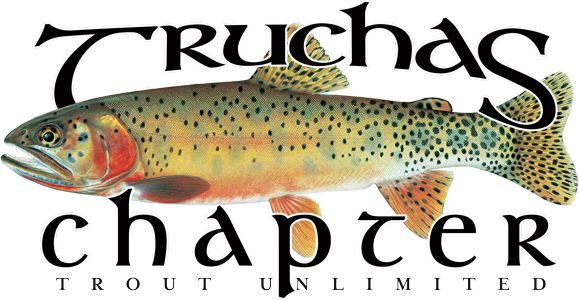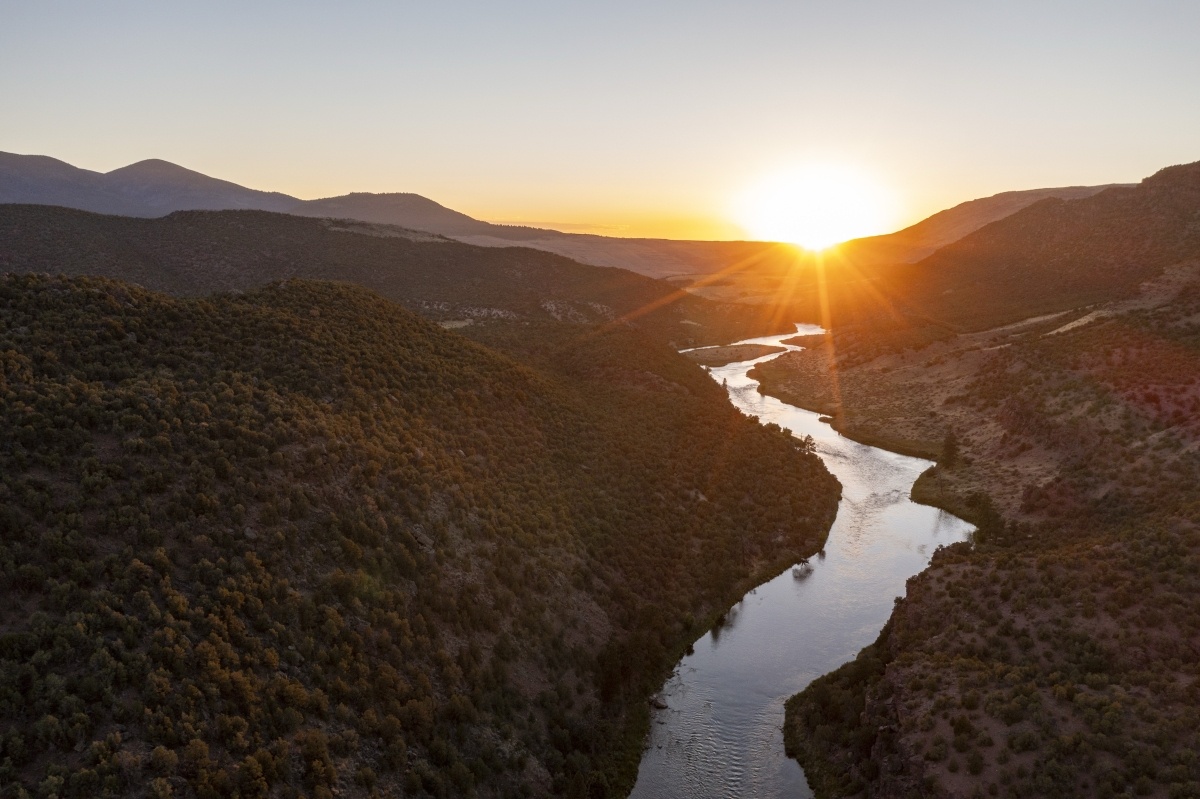Nicholas Tsapatsaris, M.D., is the Conservation Chair for the Truchas Chapter of Trout Unlimited in Santa Fe New Mexico. Below you can read his Roadless Rule Support Letter submitted on behalf of Truchas Chapter of Trout Unlimited.
Key Benefits of the Roadless Rule in New Mexico
Clean Water and Watershed Protection
Roadless areas contribute natural water filtration and regulation. In New Mexico, these lands generate significant economic value through water quality services—estimated at $42 million annually, based on 530,000 acre-feet of clean water (WildEarth Guardians).
Federal provisions recognize that maintaining undisturbed watersheds helps supply clean water to millions and saves downstream communities millions in filtration costs (Congress.gov, Pew Charitable Trusts).
Carbon Sequestration & Climate Mitigation
Intact forests act as carbon sinks, sequestering CO₂ and helping buffer against climate change (The Wilderness Society, Pew Charitable Trusts).
In New Mexico alone, the value of carbon absorption services provided by roadless lands is estimated between $22–24 million annually (WildEarth Guardians).
Outdoor Recreation & Economic Value
Roadless lands support non-motorized recreation—hiking, fishing, hunting—which generate economic benefits. In New Mexico, non-motorized recreation yields approximately $27 million annually
Across the U.S., recreation in roadless areas supports outdoor economies, sustaining jobs and spending.
Wildlife Habitat & Biodiversity
These areas serve as critical refuges for wildlife. Roadless zones sustain habitat continuity and protect sensitive species—over 1,600 threatened, endangered, or sensitive species nationwide rely on them (Wikipedia, OMB Report).
In New Mexico, they preserve habitat for species like the Gila trout, spotted owl, Mexican wolves, and more, particularly in places like the Gila Wilderness (Wikipedia).
Wildfire Resilience (with nuance)
The USDA contends rolling back the Roadless Rule would facilitate forest management and reduce wildfire risk by allowing thinning and fire prevention activities.
New Mexico–Specific Context
The rollback of the Rule threatens approximately 1.9 million acres of roadless lands in New Mexico, spanning beloved recreation areas, watersheds, wildlife habitats, and segments of the Continental Divide Trail (New Mexico Wilderness Alliance).
Conservation groups, such as New Mexico Wild, emphasize that these areas offer irreplaceable values and call for legislative protections—such as the Roadless Area Conservation Act—to lock in safeguards (New Mexico Wilderness Alliance).
The 2001 Roadless Rule conserves tens of millions of acres of multiple-use public lands managed by the U.S. Forest Service that provide some of the best places to hunt and fish in America. I urge the U.S. Department of Agriculture (USDA) to uphold strong protections for these important public lands.
Across the country, 70 percent of Roadless Areas are home to native trout and provide irreplaceable big game habitat. The 2001 Roadless Rule generally prohibits new road construction and industrial logging, while at the same time keeping these public lands open to habitat improvement projects, hazardous fuels reduction, hunting, fishing, OHV riding, firewood cutting, grazing, and camping. Even energy projects, transmission lines, and mining development are also allowed within Roadless Areas. The 2001 Roadless Rule allows for balanced forest management, including timber harvest, to reduce the risk of uncharacteristic wildfire, as well as to restore habitat for sensitive fish and wildlife species. Nearly 2 million acres of Inventoried Roadless Areas have had hazardous fuels treatments to reduce fire risk. In the western U.S., 14% of all National Forest lands treated for hazardous fuels have been in roadless areas, including 20% in Montana, 32% in Wyoming and 38% in Utah.
If rescinded, new road construction and associated industrial scale logging could fragment fish and wildlife habitat, degrade water quality and quantity, and reduce backcountry hunting and fishing opportunities on public lands. There are already 370,000 miles of roads in our National Forests, enough to circle the Earth nearly 15 times. The Forest Service is burdened by an $8.6 billion deferred maintenance backlog, 58% of which is due to dilapidated roads (CRS, 2023). We need to take care of the roads we already have, not add more roads that the Forest Service does not need or have the resources or personnel to maintain.
Roadless areas provide some of the best fish and wildlife habitat and hunting and angling opportunities for Americans of all walks of life, as well as some of the last strongholds for native trout and salmon. I strongly support the 2001 Roadless Rule and urge the USDA and U.S. Forest Service to continue protecting these multiple-use public lands by keeping the rule in place.
Nicholas Tsapatsaris, M.D.
Conservation Chair, Truchas Chapter, Trout Unlimited Santa Fe, New Mexico
Ready to add your voice to the cause?
Use the Voter Voice tool on the TU.org national website if you want to add your own letter of support.



